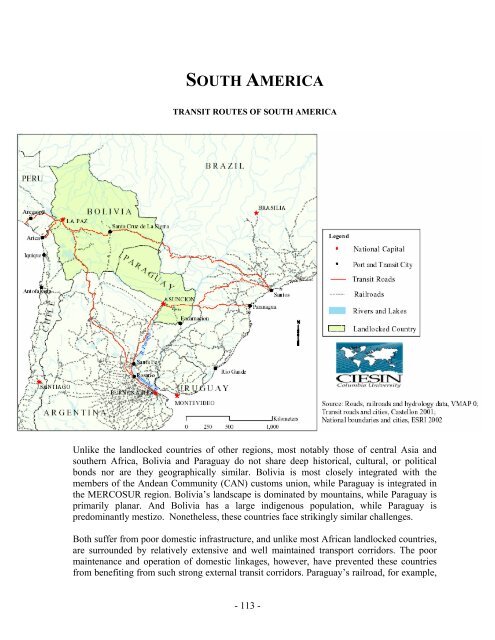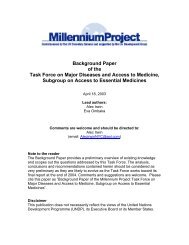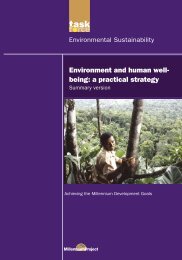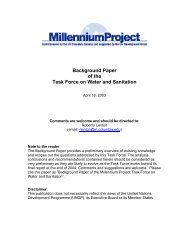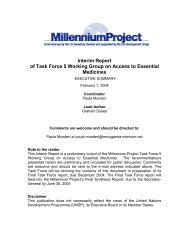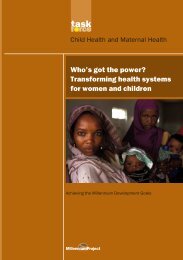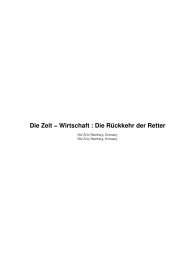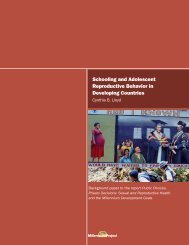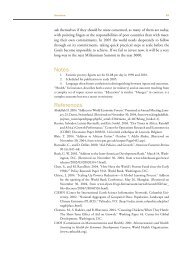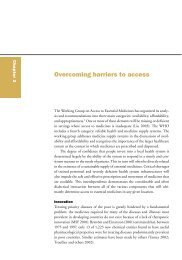the challenges facing landlocked developing countries: a case study ...
the challenges facing landlocked developing countries: a case study ...
the challenges facing landlocked developing countries: a case study ...
You also want an ePaper? Increase the reach of your titles
YUMPU automatically turns print PDFs into web optimized ePapers that Google loves.
SOUTH AMERICA<br />
TRANSIT ROUTES OF SOUTH AMERICA<br />
Unlike <strong>the</strong> <strong>landlocked</strong> <strong>countries</strong> of o<strong>the</strong>r regions, most notably those of central Asia and<br />
sou<strong>the</strong>rn Africa, Bolivia and Paraguay do not share deep historical, cultural, or political<br />
bonds nor are <strong>the</strong>y geographically similar. Bolivia is most closely integrated with <strong>the</strong><br />
members of <strong>the</strong> Andean Community (CAN) customs union, while Paraguay is integrated in<br />
<strong>the</strong> MERCOSUR region. Bolivia’s landscape is dominated by mountains, while Paraguay is<br />
primarily planar. And Bolivia has a large indigenous population, while Paraguay is<br />
predominantly mestizo. None<strong>the</strong>less, <strong>the</strong>se <strong>countries</strong> face strikingly similar <strong>challenges</strong>.<br />
Both suffer from poor domestic infrastructure, and unlike most African <strong>landlocked</strong> <strong>countries</strong>,<br />
are surrounded by relatively extensive and well maintained transport corridors. The poor<br />
maintenance and operation of domestic linkages, however, have prevented <strong>the</strong>se <strong>countries</strong><br />
from benefiting from such strong external transit corridors. Paraguay’s railroad, for example,<br />
- 113 -


